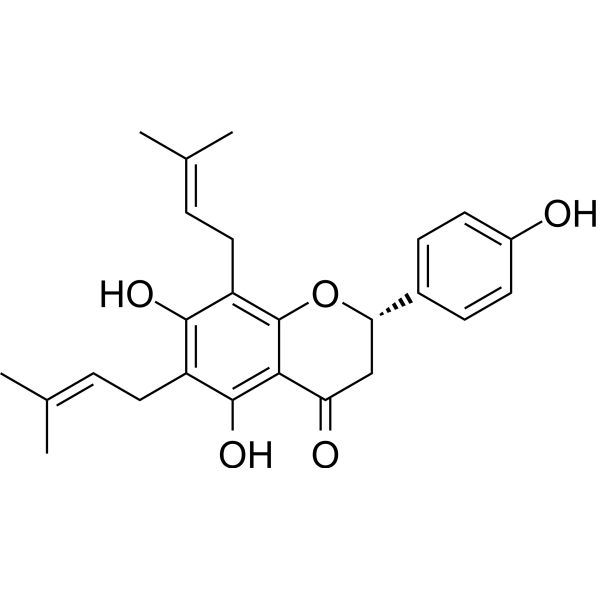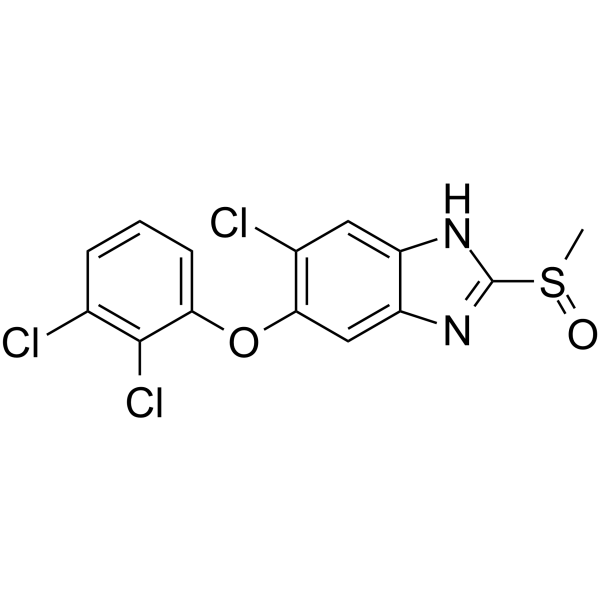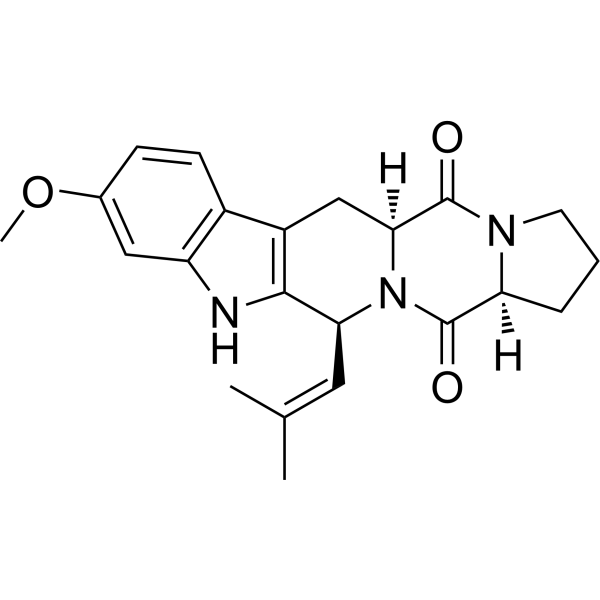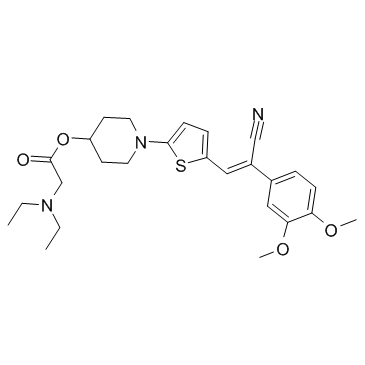BCRP
The ATP-binding cassette (ABC) transporter superfamily contains membrane-embedded proteins that are involved in the transport of a wide variety of substrates. From all the identified transporters, three are associated with multidrug resistance (MDR): P-glycoprotein (P-gp, ABCB1), the MDR-associated protein-1 (MRP1, ABCC1), and the breast cancer resistance protein (BCRP, ABCG2). ABCG2/BCRP emerged as an important protein involved in MDR and the focus of MDR studies shifted to this protein. ABCG2 (ABC subfamily G member 2) was simultaneously discovered by three different groups in 1998, and is therefore known as ABCP for its identification in human placenta, BCRP for its isolation from the breast cancer cell line MCF-7/AdrVp, and MXR for its identification in the mitoxantrone (MX) resistant colon carcinoma cell line S1-M1-80. The human ABCG2 protein is a half-transporter composed of 665 amino acids with a molecular weight of 72 kDa.
Unlike other ABC transporters, ABCG2 is a half-transporter with a single nucleotide-binding domain and one membrane-spanning domain containing six transmembrane segments, which is supposed to form homodimers or homomultimers to become functional. Multiple physiological functions have been considered for ABCG2, but in general its tissue localization appears to play a protective role against various xenobiotics limiting their oral absorption. High ABCG2 expression has been found especially in the placenta and intestine, but also in the brain endothelium, prostate, testes, ovaries, liver, adrenal gland, uterus, and central nervous system (CNS). ABCG2 recognizes a broad variety of positively and negatively charged substances and is resistant to most topoisomerase I or II inhibitors such as topotecan or doxorubicin explaining failures of cancer therapy.
References
1.Pe?a-Solórzano D,et al. Med Res Rev. 2017 Sep;37(5):987-1050.
Unlike other ABC transporters, ABCG2 is a half-transporter with a single nucleotide-binding domain and one membrane-spanning domain containing six transmembrane segments, which is supposed to form homodimers or homomultimers to become functional. Multiple physiological functions have been considered for ABCG2, but in general its tissue localization appears to play a protective role against various xenobiotics limiting their oral absorption. High ABCG2 expression has been found especially in the placenta and intestine, but also in the brain endothelium, prostate, testes, ovaries, liver, adrenal gland, uterus, and central nervous system (CNS). ABCG2 recognizes a broad variety of positively and negatively charged substances and is resistant to most topoisomerase I or II inhibitors such as topotecan or doxorubicin explaining failures of cancer therapy.
References
1.Pe?a-Solórzano D,et al. Med Res Rev. 2017 Sep;37(5):987-1050.
Membrane Transporter/Ion Channel
AMPK(58)
ASBT Transporter(6)
BCRP(10)
Beta Amyloid(69)
Carbonic Anhydrase(40)
Chloride Channel(34)
CRAC Channel(0)
CRM1(5)
Exportin-1(5)
FABP(6)
GAT(62)
GLUT(5)
Glutamate Transporter(1)
GlyT(13)
HCN Channel(5)
iGluR(52)
Monoamine Transporter(26)
Monocarboxylate Transporter(12)
MTP(1)
nAChR(5)
NADPH(35)
Na-K-ATPase(2)
NKCC(4)
NMDAR(64)
OCT(4)
Other Targets(13)
P2X Receptor(23)
P-glycoprotein(14)
Potassium Channel(0)
Proton Pump(38)
Sodium Channel(147)
TRP/TRPV Channel(115)
URAT1(1)
BCRP
-
CP-100356 hydrochloride
产品货号 : M33840
cas no: 142715-48-8
CP-100356 hydrochloride 是一种具有口服活性的 MDR1 (P-gp)/BCRP 双重抑制剂,可以抑制 MDR1 介导的 Calcein-AM 转运 (IC50=0.5 μM) 和 BCRP 介导的 Prazosin 转运 (IC50=1.5 μM)。CP-100356 hydrochloride 也是 OATP1B1 的弱抑制剂 (IC50=~66 μM)。CP-100356 hydrochloride 对 MRP2 和主要的人 P450 酶没有抑制作用 (IC50>15 μM)。
-
6,8-Diprenylnaringenin
产品货号 : M29274
cas no: 68236-11-3
6,8-Diprenylnaringenin 是啤酒花啤酒花的天然产物。 6,8-Diprenylnaringenin 是一种乳腺癌耐药蛋白 (BCRP) 抑制剂,具有一定的雌激素活性。
-
Triclabendazole sulfoxide
产品货号 : M28180
cas no: 100648-13-3
三氯苯达唑亚砜是三氯苯达唑的主要血浆代谢物。三氯苯达唑亚砜抑制膜转运蛋白 ABCG2/BCRP 并表现出抗寄生虫作用。
-
Fumitremorgin C
产品货号 : M26691
cas no: 118974-02-0
Fumitremorgin C 是一种霉菌毒素,可抑制 ABCG2/BRCP。
-
YHO-13351 free base
产品货号 : M16546
cas no: 912288-64-3
YHO-13351是YHO-13177的口服前药,可在体外和体内特异性逆转BCRP/ABCG2介导的耐药性。



 021-51111890
021-51111890 购物车(0)
购物车(0)
 sales@molnova.cn
sales@molnova.cn






